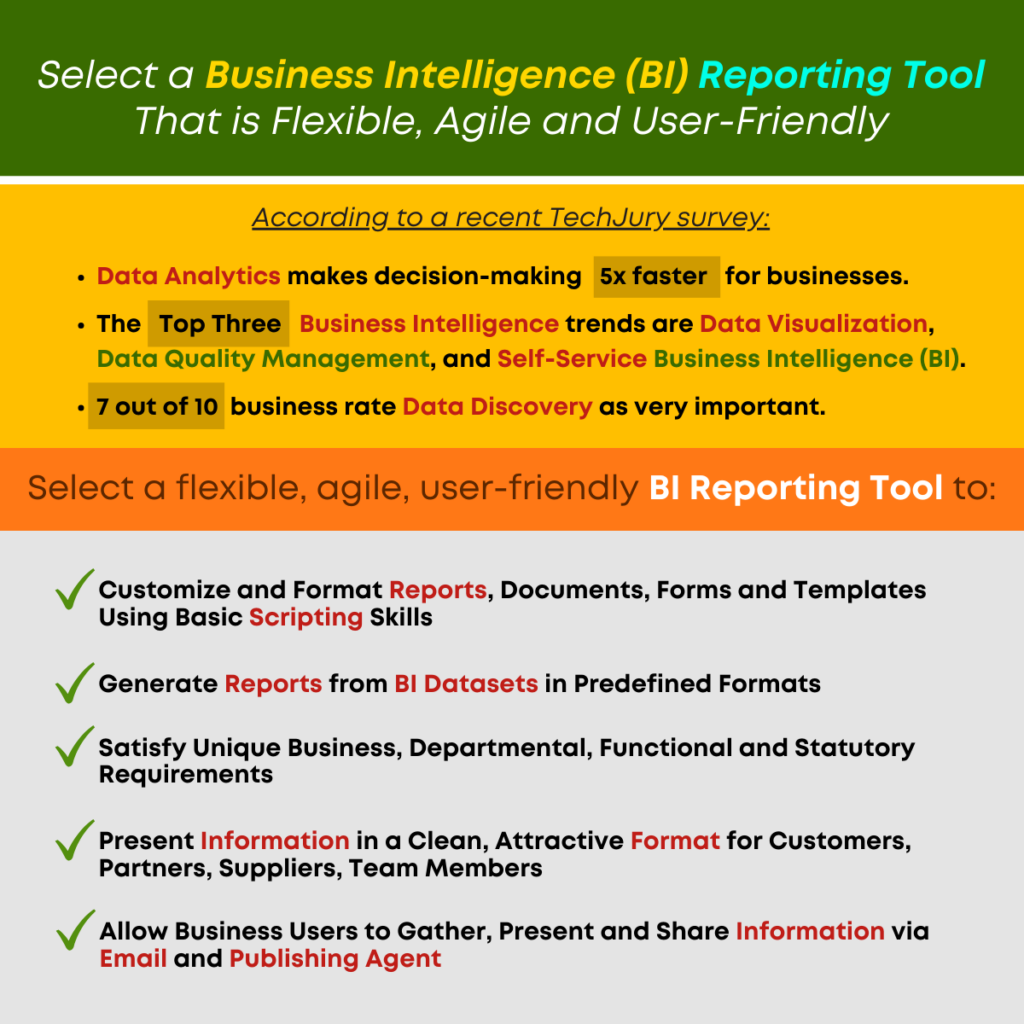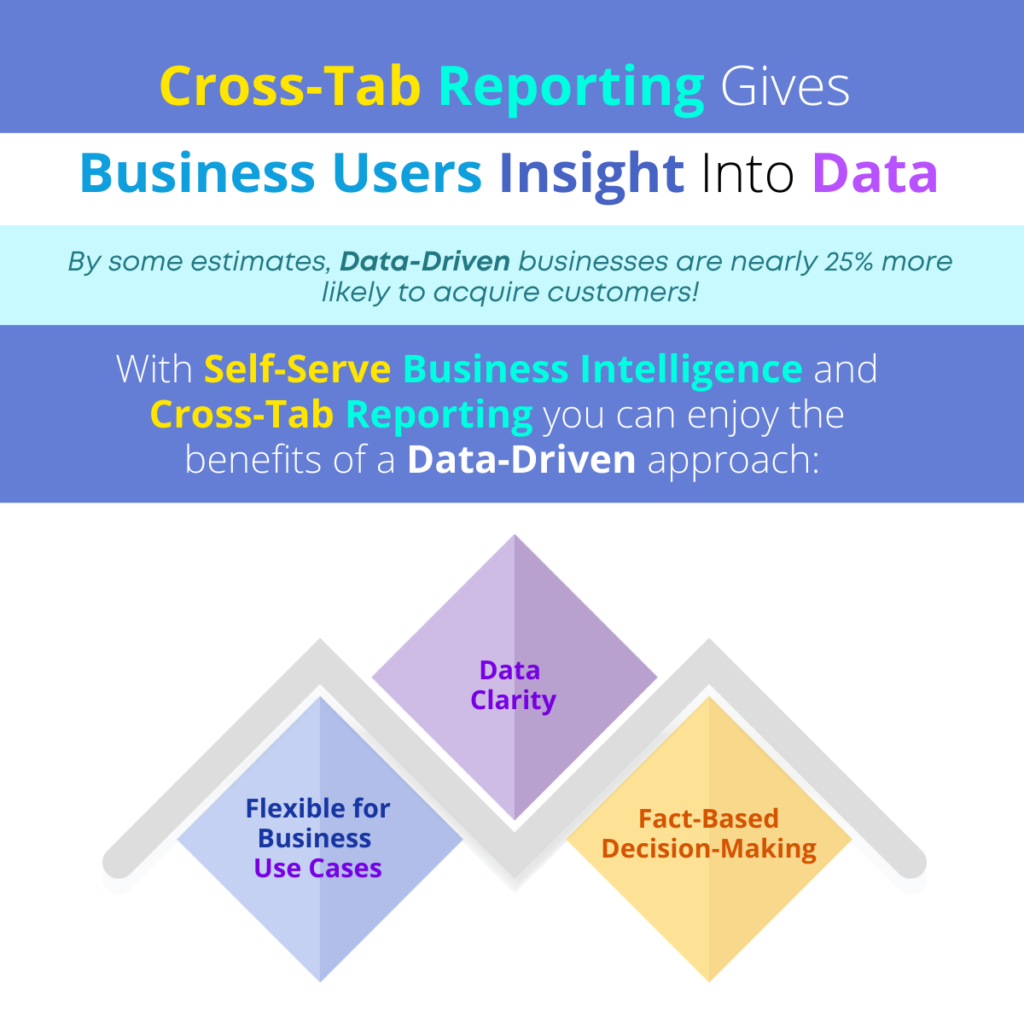Self-Serve, Augmented Analytics IS Suitable for Data Scientists
The world of data scientists and business analysts is chock full of data and busier than you might expect – especially today! Businesses have discovered the value of data in decision-making and, as markets and competition shift and change, these businesses have come to depend on IT staff and on data scientists to provide data to make decisions at the department, divisional, operational and strategic level.
The problem is, as always…TIME! There aren’t enough analysts and data scientists, the IT team is busy working on other tasks and the clock does not stop ticking.
And there is one other factor at play in the data analytics movement. As data democratization and data literacy drive the enterprise strategy and business users begin to leverage augmented analytics and business intelligence (BI) tools, the data scientist is also called upon to refine and present analytics and reports created by team members in order to ensure that these are appropriate for more strategic decisions.
The world-renowned technology research firm, Gartner, states that, ‘Data Scientists typically spend more than 40% of time in preparing and enriching data.’
Imagine what you, as a data scientist could do with a data analytics solution that can save time on data preparation and data enrichment!
‘When an enterprise includes data scientists, business analysts and IT staff in the roll-out of augmented analytics and self-serve BI tools, it enables productivity, streamlines and speeds the analytical process and improves results.’
You have the tools and systems for data extraction, transformation and loading (ETL), you have scripting tools like R, you have spreadsheets and more, but using all of those tools to gather, analyze, scrub and present that data takes time.

As a Data Scientist, you have the responsibility and accountability to produce reliable analytics to satisfy all manner of needs within the organization. You never know what corner of the enterprise might need your services but you DO know that your analysis and services must be 100% accurate and dependable. When business users depend on you to produce information on a day-to-day basis, it is nearly impossible to focus on the more strategic, crucial imperatives.
- What if you could more easily derive data from disparate sources and prepare it for analysis?
- What if you could integrate R scripting with advanced analytical tools to take your analysis to the next level?
- What if you can use quick hypothesis and prototyping to choose the right influencers and model accuracy for your project?
- What if you have a platform where you can roll out interactive dashboards, reports and results of your model production environment in minutes?
When an enterprise includes data scientists, business analysts and IT staff in the roll-out of augmented analytics and self-serve BI tools, it enables productivity, streamlines and speeds the analytical process and improves results. Data Scientists can optimize time and resources and to use their core expertise to achieve results. Data Scientists can use self-serve data preparation, to quickly create datasets without deep SQL or ETL skills, and they can use smart data visualization and tools to use output of algorithms in R, Python or other Data Science platforms to leverage existing investments in these technologies, and they can create and roll-out predictive models in a production environment to support the organization and business user needs.
‘Imagine what you, as a data scientist could do with a data analytics solution that can save time on data preparation and data enrichment!’
As business users create analytics for quick decisions and the organization needs to refine this analysis for strategic use, a data scientist can use the same augmented analytics tools to focus on that project and ensure accuracy, collaborating with Citizen Data Scientists and IT to align analytics with key objectives and goals.
With the time your Data Scientists will save, they can focus on the most critical strategic initiatives and move the enterprise forward with fact-based decision-making.
To learn more about Augmented Analytics that are suitable for data scientists, business analysts, IT staff and business users, and explore the potential of Advanced Reporting Tools, Contact Us now.










